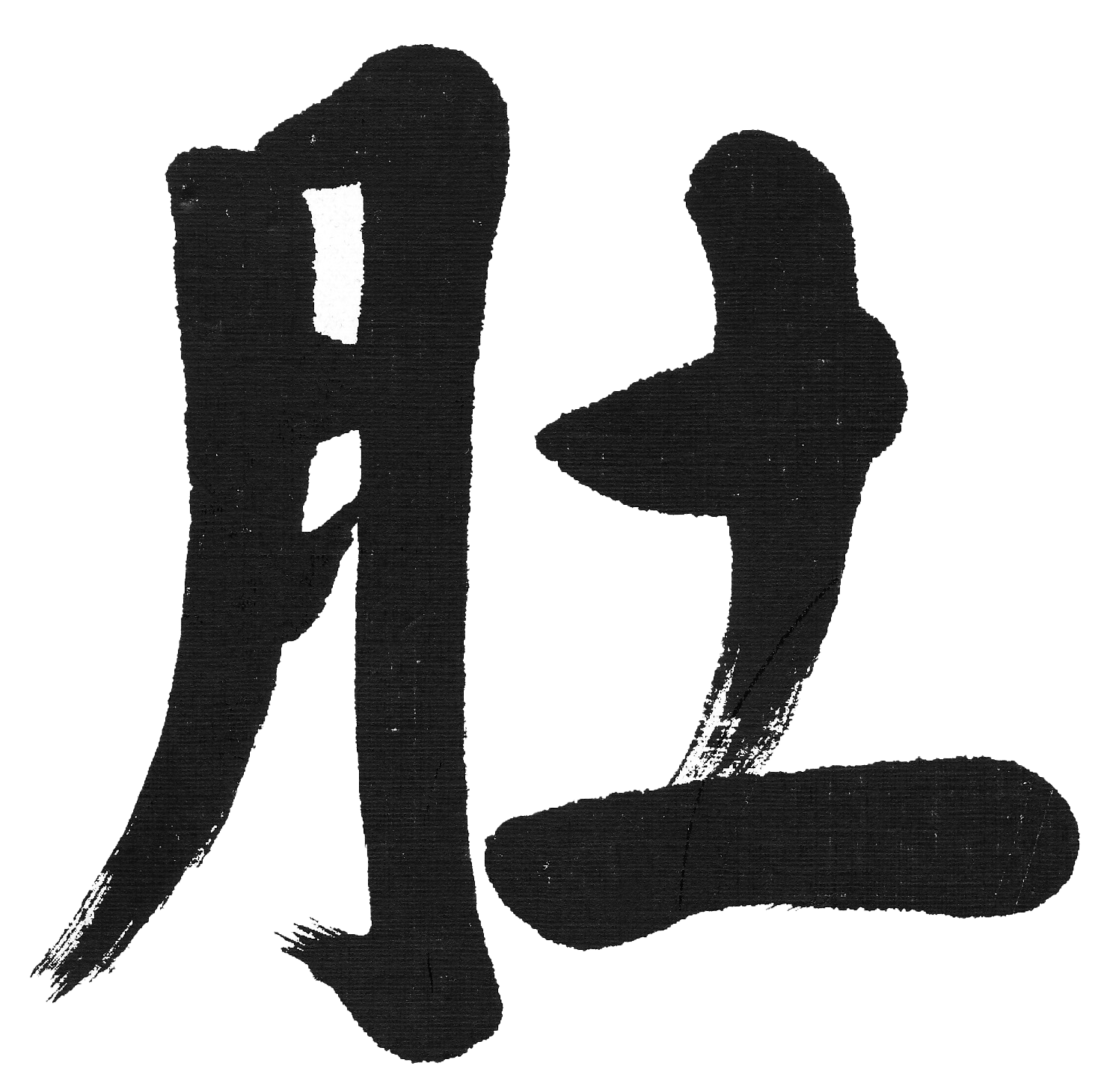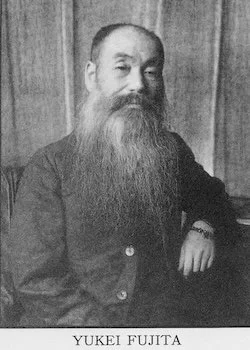The Legacy of Yukei Fujita
In the next few posts, we’re going to take a step back and explore some more recent history connected to hara development. During this time, Ellen and I won’t be releasing any new exercise videos. That’s because our newly launched online course—Hara Foundations—includes a number of videos we haven’t shown before, as well as improved versions of some we already had. We’ve been really happy to see how much interest blog readers have shown—many of you have already registered. If you haven’t yet, we definitely encourage you to check it out. As I mentioned in the last post, the course is freely available without a paywall, although donations are welcome. Once you register, you’ll get full access to all the videos and other materials. You can find the course here.
About five years ago, a student asked me if I’d read the book Science and Practice of Tanden (Dantian) Breathing by Takeyoshi Kubota. He was surprised when I said I hadn’t even heard of it. Since I’m always looking for anything that might relate to hara breathing, I immediately bought a copy—and found it fascinating. The book was originally published in Japanese in 2017, and an English translation came out in 2019. Both are available only as Kindle e-books. Dr. Kubota, the author, is a practicing OB/GYN in Japan. In the book, he mentions being part of a Japanese society I had not heard of before called Chōwadō-Kyōkai (調和道協会), which roughly translates to “The Association for the Law of Harmony.” The book would definitely interest anyone following this blog. One thing that sets it apart is that Kubota ran experiments on himself to understand the inner workings of tanden breathing. The e-book even links to videos of these studies—everything from fMRI scans while he breathes in different ways to measurements of abdominal pressure. I’d never seen anything like it.
I’ll write more about Dr. Kubota’s book in another post. For now, I want to focus on Chōwadō-Kyōkai and its founder, Yukei Fujita. I briefly mentioned them in an earlier post about the Zen master Hakuin. I first learned about Fujita through Kubota’s book, and it sent me on a search to learn more. There’s very little about Fujita online or in academic libraries. But through one of Dr. Kubota’s associates, I was able to get a PDF of an English translation of a book Fujita wrote in 1928 called The Law of Harmony in Health and Physical Culture (調和と保健の法則). It lays out the many of the same ideas and exercises on tanden breathing that show up in Kubota’s book and were used over the years by Chōwadō-Kyōkai. There’s not much biographical information in English on Fujita, but here’s what I was able to piece together—from the preface to his 1928 book and from the website of the Association to Promote Tanden Breathing (more on that in a moment).
Fujita was born in Niigata Prefecture in 1868, nearly 200 years after Hakuin. As a child, he was in poor health—dealing with eye problems and later, digestive issues. At age 12, he became a monk in the Shingon Buddhist tradition. But by 22, he was struggling with alcoholism, and it was taking a toll on his mind and body. Inspired by Hakuin’s book, Yasen Kana (“A Chat on a Boat in the Evening”), he threw himself into intensive breathing practice. Over time, he developed his own system of health cultivation rooted in Hakuin’s teachings. In his 1928 book, he wrote, “I realized the principle that we should always be healthy and happy, and also perfected the physical culture method based upon the harmony of Breathing, Abdomen, and Mind.” He claimed that in the 30 years after beginning the practice, he “never tasted medicine and never suffered from any illness.” According to the Association to Promote Tanden Breathing, Fujita was the first person to use the term “tanden breathing” in Japan.
In 1907, Fujita opened a training hall called Ikishin Chōwa Hō (息心調和法, or “Mind Harmony Method”) in Chiba. It was open to the public and focused on using his methods to improve health. He published his first book in 1909. In 1927, Chōwadō-Kyōkai was incorporated as a public organization, and in 1928, it expanded internationally by opening a branch in Hawaii. Fujita taught in both Japan and Hawaii until his death in 1957. The association continued for decades after his passing but was dissolved in 2018. However, former members regrouped to form a new nonprofit called the Association to Promote Tanden Breathing (NPO法人丹田呼吸法普及会), which continues Fujita’s legacy. They offer online and in-person training, plus a certification program. Their website has an English section.
I’ll discuss Fujita’s teaching on hara breathing in my next post. As always, feel free to send questions and comments using this link . One more thing: I was given the PDF of The Law of Harmony in Health and Physical Culture with the understanding that I wouldn’t distribute it. I am trying to find a copy in the public domain. If any of you have one or can locate one, please let us know.
Note: The photo of Yukei Fujita comes from the English edition of his 1928 book, originally published by the now-dissolved Chowado Kyokai. It’s shared here in good faith for educational and historical purposes. If a current rights holder has concerns, please feel free to contact me.

